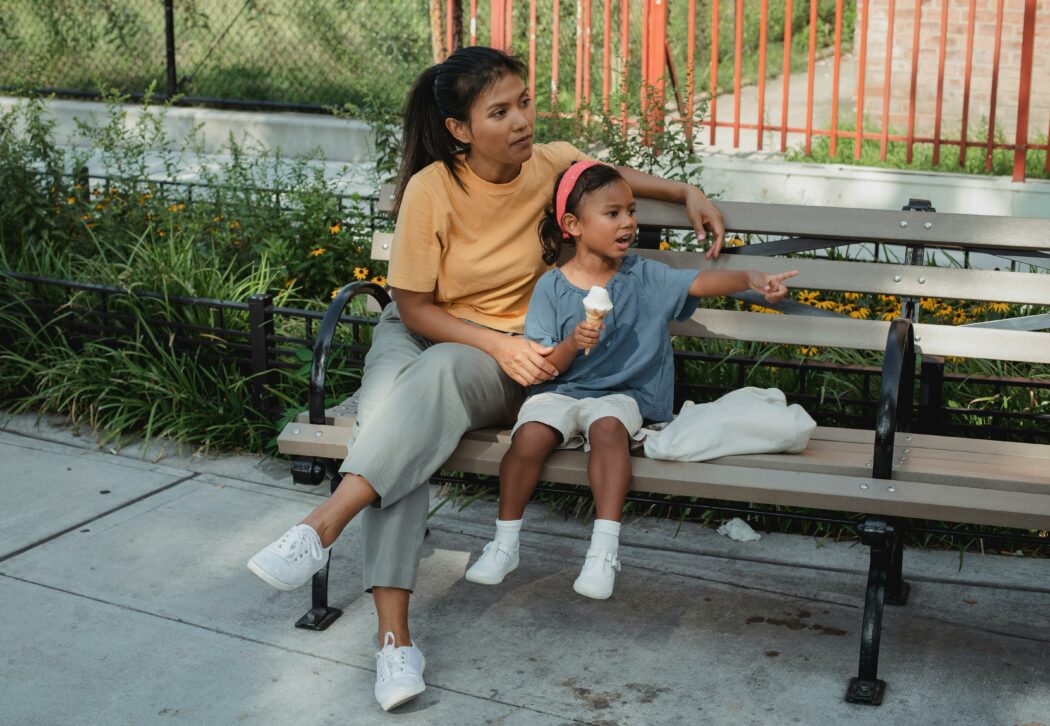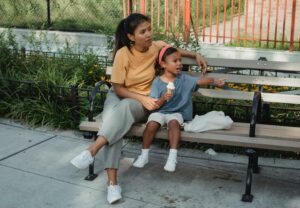Despite years of advocacy for sustainable solutions, the climate crisis remains in full swing. As the temperature climbs and summer approaches, it’s time to talk about the sad reality we’re facing: Women are bearing the brunt of the climate crisis.
According to reports from the Environmental Protection Agency and the United Nations, women who are disabled, LGBTQ+, BIPOC, living in poverty, or who claim other marginalized identities are even more likely to experience the impacts of climate change than the rest of the population. According to the United States Census Bureau, fifty-six percent of those living in poverty in the United States are women, with the highest rates of poverty among Black, Hispanic, and American Indian or Alaskan Native women — meaning that women have less resources to adapt to and recover from climate-related challenges such as extreme heat, the spread of infectious diseases like COVID-19, and PFAS contamination, which concern more and more North Carolinians every year.
The social and emotional burden of the climate crisis on women is also significant. To begin to understand how, let’s consider the three environmental issues mentioned above affecting North Carolina and the way they exacerbate current gender inequalities and uniquely burden women: extreme heat, COVID-19 and PFAS contamination.
As of now, 2009-2018 was the warmest decade ever recorded in North Carolina, and the state is expected to continue warming throughout the rest of the twenty-first century.
As of now, 2009-2018 was the warmest decade ever recorded in North Carolina, and the state is expected to continue warming throughout the rest of the twenty-first century, according to the 2020 North Carolina Climate Science Report. Hotter nighttime temperatures are also a concern. The National Institute of Environmental Health Sciences, Pregnant people are among the most vulnerable to extremely hot temperatures, along with children, older adults, people with disabilities, and those with preexisting health conditions. Members of these populations are more susceptible to heat-related illness and death.
In addition to navigating their own increased health issues, women often take on the burden of extreme heat’s impact on others. The majority of caregivers are women, and women spend up to 40% more time caregiving even when working full time. Extreme heat often forces people to stay inside, which impacts women in caregiving roles, especially those taking care of children.
Increased health issues or health risks for children, the elderly, and people who are disabled or living with preexisting health conditions weighs heavily emotionally and resource-wise on their primary caregivers–who are, more often than not, women.
COVID-19 is another case study in the indirect impact of climate change on women. According to the Harvard School of Public Health, deforestation forces animals into human spaces, while warming temperatures and natural disasters increase pathogens’ abilities to spread. The COVID-19 pandemic was no exception to this increase in climate-related disease spread–in fact, it was a perfect example of this phenomenon
There was an inequitable impact from COVID-19 on BIPOC, disabled, and low income communities, and lasting mental health challenges relating to long-term lockdowns and isolation. Since 2020, anxiety, suicide rates, and substance abuse have increased among adults in North Carolina and the rest of the United States. And instances of violence against women and girls, especially domestic violence, increased throughout the COVID-19 pandemic, which was labeled by UN Women as the Shadow Pandemic. Confined spaces, limits on movement outside the home, and additional stressors related to money, health, and security during the pandemic all increased instances of gender violence.
Though the pandemic is over, gender-based violence has long-lasting impacts on survivors and their lives, as survivors are more likely to experience PTSD, anxiety, and depression; engage in self harm or substance abuse; and die by suicide. The COVID-19 pandemic is just one example of a climate-related disaster that exacerbated issues of gender violence, but it is also important to consider how other climate events–such as extreme heat, hurricanes, or drought–trap women with their abusers.
Finally, women and people with uteruses bear the majority responsibility for reproductive health, whether that be related to birth control, fertility, or pregnancy. In recent years, the Harvard Gazette reports that many people are considering whether or not they want to bring children into a world that is overburdened and often feels like it is on the brink of collapse. On top of these regular concerns, exposure to harmful chemicals is a growing concern in discussions about fertility. Per-and-polyfluoroalkyl substances — the moisture-wicking, forever chemicals known as PFAS and found in everyday products like raincoats, dental floss, and nonstick pans–are a perfect representation of this burden.
Reports from the Environmental Protection Agency show that PFAS exposure is related to preeclampsia, decreased fertility in women, and low birth weights.
A hot button issue in North Carolina, PFAS have been dumped in the Cape Fear River by DuPont and its spinoff, Chemours, for decades. Though the health impacts of PFAS are still being discovered, several of the known effects are related to pregnancy and birth outcomes. Reports from the Environmental Protection Agency show that PFAS exposure is related to preeclampsia, decreased fertility in women, and low birth weights. PFAS have been found in the blood of 97% of Americans according to the National Institute of Environmental Health Sciences, presenting a growing concern for people who are pregnant or thinking about getting pregnant regarding their health and the health of their child. Simply the potential for PFAS exposure to impact reproductive health is an added mental weight to women who already have to consider the sacrifices of even a healthy pregnancy.
As North Carolina and the rest of the world begin to experience more impacts related to the climate crisis, it is essential to consider who is affected most–directly and indirectly. It’s often women and girls–especially queer women, women of color, and disabled women. This Earth Day (and every day) I implore us to consider how these communities are uniquely positioned to meet the challenges of the climate crisis, and empower all women to protect our planet, ourselves, and each other. It is Mother Earth, after all.
Anna Butler is an North Carolina native and a recent college graduate with a degree in English, Global Studies, and Spanish. She has a passion for empowering people through education and is currently studying to get her certificate in English language teaching. Anna loves to travel, read memoirs, and play ultimate frisbee.


There are no comments
Add yours